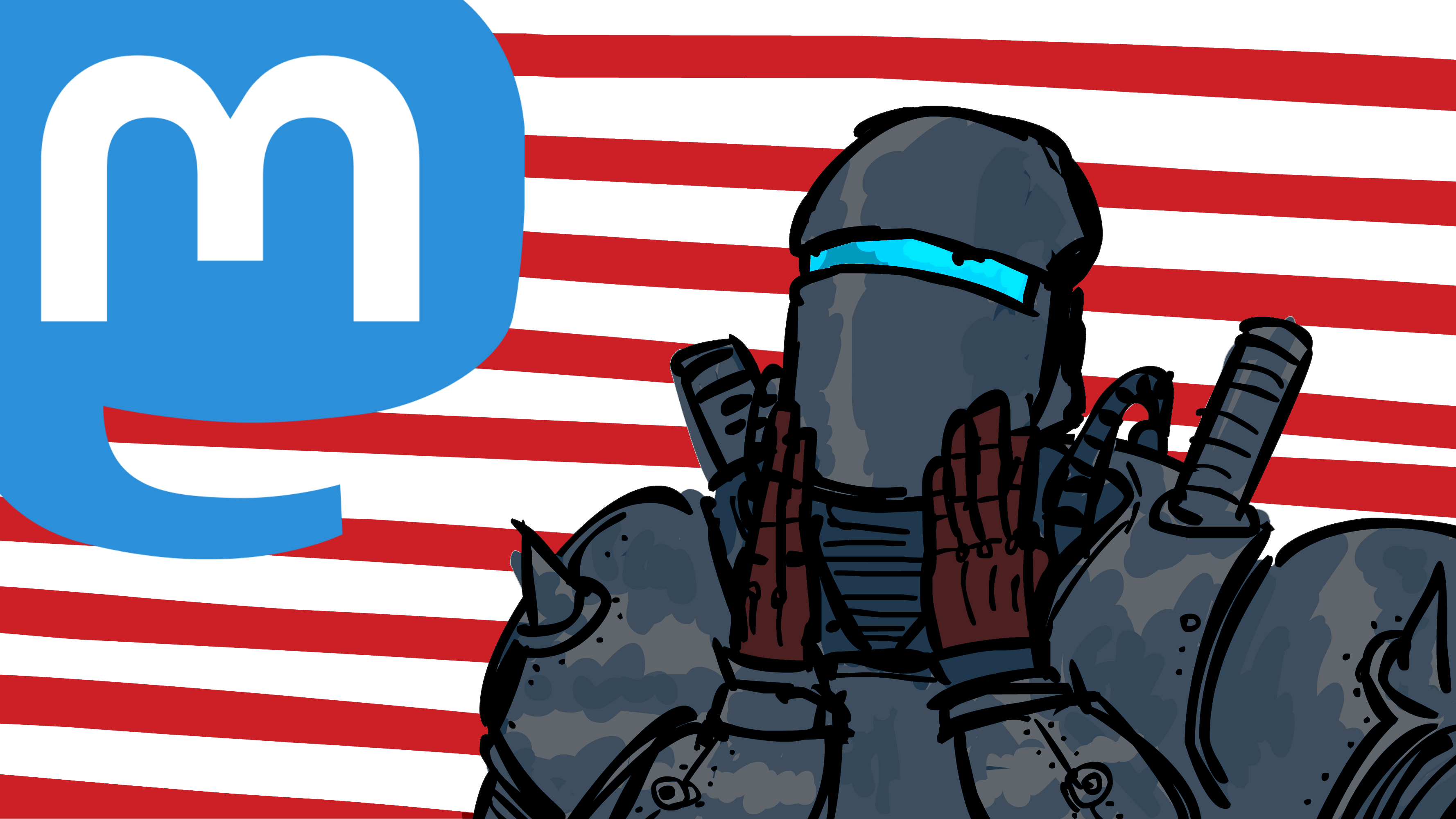Not the breakout clone but I've got animated sprites to work in SFML.
Also, I forgot that I have the #gamedev hashtag featured in my profile and I haven't used it, so here you go.
gamedev
Got a camera to work. It's manual but if I plan to actually finish this game, I would probably have it scroll based on the player's position and movement. You can also see that there are tiles outside of the camera bounds. Those were left in by mistake.
SFML has a built in camera called sf::View. It's pretty weird. I'm used to having a 2D camera origin being at the top-left corner just like sprites, but the origin is actually in the center which is something I need to get used to.
I mean, it's kind of justified because it also has support for rotation and zooming (things I have never used). I'm just used to implementing my own camera system and just drawing sprites based off of their positions and the camera offsets, but that not an option here because sprites are automatically drawn based on their position (no manually drawing here).
gamedev
gamedev
I've fixed the bug, but now the enemy is left on the death animation if it dies. As you can see, the enemy is knocked back based on the direction it is facing, when it should be based on the velocity of the projectile (result of copying and pasting code from player's knockback).
There is also a new problem in that I keep on getting segmentation faults. I don't know where they are coming from.
gamedev
gamedev
@ne Changed that just now. Thanks for the tip. This kind of stuff was much easier in MonoGame because C# had built in getters and setters. C++ on the other hand, makes it a bit more cumbersome.
gamedev
@ne I also shaved off some pixels from the hitbox horizontally. I've noticed that Link's Awakening has smaller hitboxes than the sprites. It makes it much easier to fit the characters in 1 tile long corridors.
re: gamedev
@xianc78
re: gamedev
re: gamedev
@Binkle I've made it so that the bullet is deleted after the collision. I've also made it so that the enemy would be in a knocked back state on collision if they still have hp and the enemy can't take anymore damage while still in the knocked back state.
I honestly don't know what's wrong.
gamedev

So it turns out that I can't have multiple levels without major reconstruction of the code. C# spoiled me with it's lack of import/include statements and Python was dynamically typed which meant I didn't have to declare the object type right away, so now I have to deal with avoiding recursive includes.
Ugh!
#gamedev #SFML